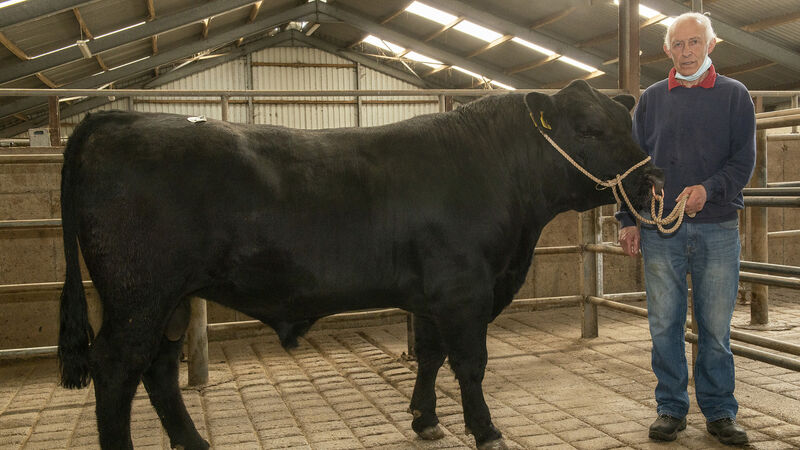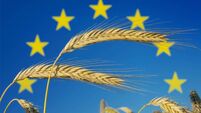Hailstone and sleet hit us several times earlier this week.
Grass growth remains poor, and most still wouldn’t have growth rates greater than demand.
We could really do with a big rise in daytime temperatures, and once this happens, there will be an explosion of grass.
Meanwhile, the year is moving on and silage production must now be high on the agenda for beef and dairy farmers. Mowers have already been in action, harvesting early crops.
Silage reserves and quality
The common aim for farmers I have been speaking to lately is to make top quality feeding.
For two reasons. Firstly, most yards still have a good reserve of silage after last winter, and secondly, meal prices look like being high for next winter, and quality silage will help to reduce the meal volume required on beef farms.
Producing top quality silage requires careful planning, and for many, a change from their regular practices.
Early cutting
So we have a scenario where growth is poor, due initially to no moisture and no heat. Now, we have had rain, but still no heat.
The sensible thing to do is to take a first cut now and get the second cut growing.
The fear is that when we get heat, swards will have much increased nitrogen uptake which will make it very hard to wilt and preserve properly.
If we don’t get heat soon, grass will become stressed, and as we approach heading dates for the grass, it will rapidly reduce in quality.
So get ready, strip the pit and get the new covers, etc.
If you are short of silage
When silage is scarce, most automatically try to buy more silage. It is important that you do the sums before committing to a deal for a cut of silage.
Work out the potential cost per tonne of dry matter and then the potential cost per UFL or MJ/kg of dry matter, and compare with purchasing alternative feed sources, such as maize silage, whole crop, beet or brewing/distilling byproducts.
It is worth noting that most grassland available for a cut of silage will be old pasture which has a lower population of perennial ryegrasses and, as a result, may be less productive, potentially producing lower energy silages.
The silage quality you can achieve determines your animal’s winter performance and affects your costs, either positively or negatively.
Silage requirements
Plan for a five-month indoor feeding season in the south of the country, and more as you go north and west.
Given that several of the last few springs have been late, it would be prudent to construct feed plans for slightly longer indoor feeding periods.
For many, alternative methods of forage production will be the only way of bulking up stocks cost effectively, with animal performance in mind.
Maize silage continues to be popular, in suitable sites. It is becoming more common for livestock farmers to purchase maize from local tillage farmers.
Some are considering under-sowing grass seed with a spring barley crop, to produce a wholecrop, plus a few grazings at the backend.
A great option for many will be to source co-products such as distillers or brewers grains.
They can be ensiled with silage or alone, and both are excellent energy and protein sources.
Some are considering forward buying fodder or sugar beet from local growers.
It is important to evaluate all of the above on a cost per tonne of dry matter basis, and then delve further into its value to you, by taking feed quality into consideration, and evaluating the price per unit of energy utilised by your animals.
Mega Joules or UFL per hectare really need to be considered in any forage costings.
This must be a future method of accurately evaluating feed value. Cost per tonne of DM is too crude a figure when comparing feeds, as it takes no account of energy or protein content.
You should also consider ease of storage and of feeding, and consistency of supply of a feed.

Unlimited access. Half the price.
Try unlimited access from only €1.50 a week
Already a subscriber? Sign in










